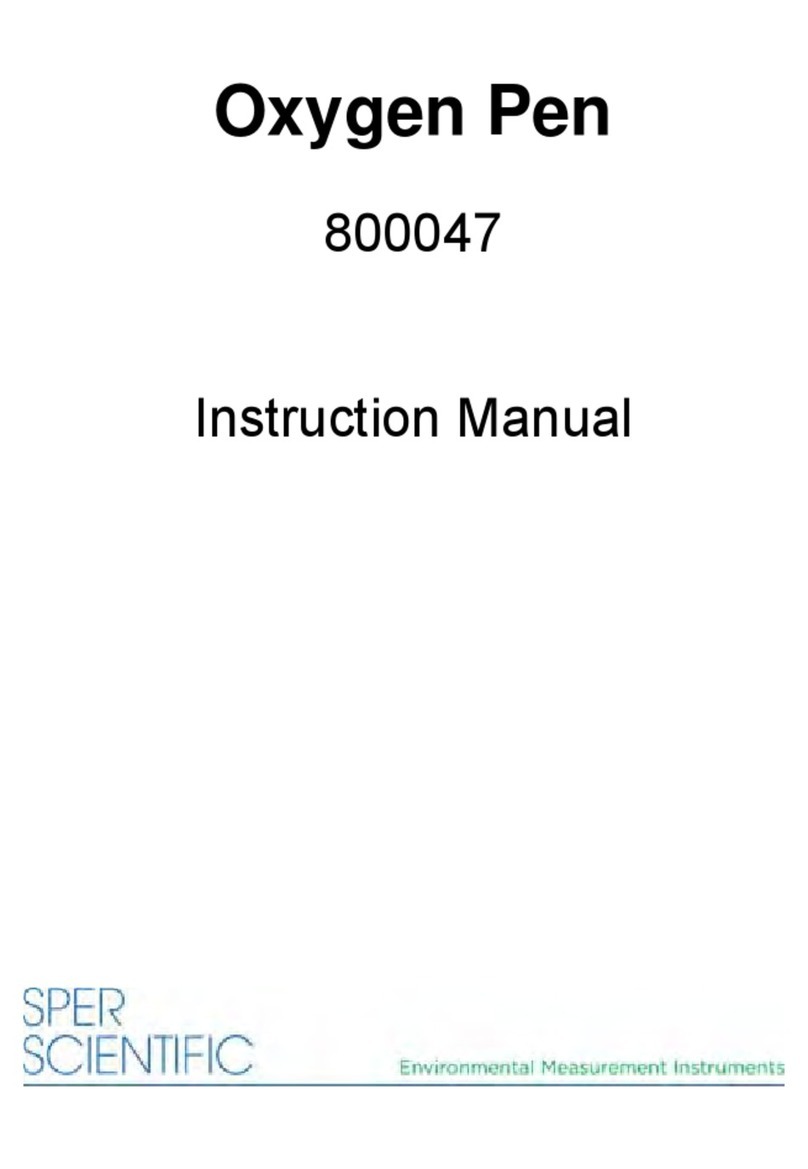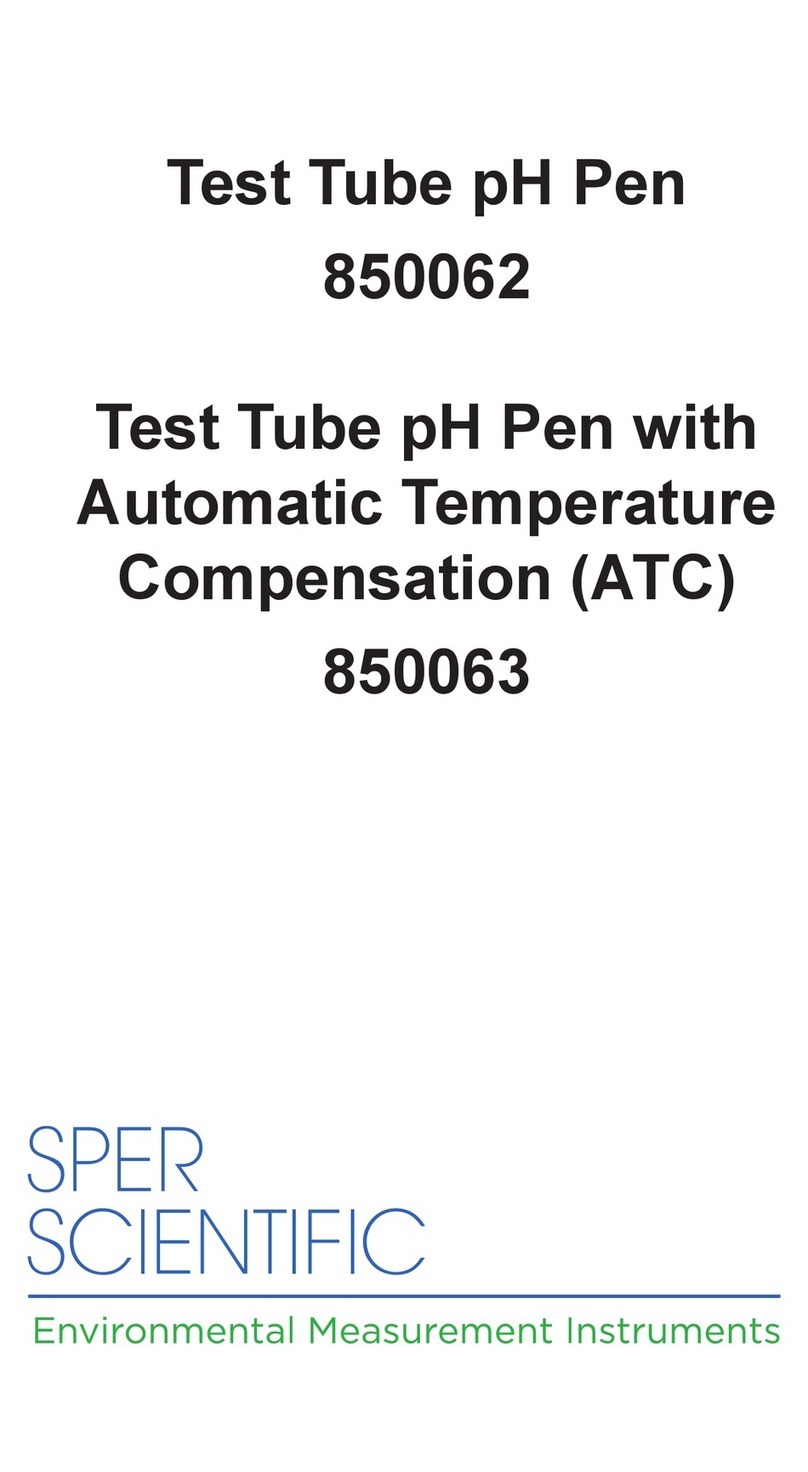
Instrument Operation
Before the test:
1.Handhold bottleneck of cuvette,and wipe the surface of the cuvette with a lens cloth before inserting it into
the detection tank.
2.Wash the pipette and cuvette when absorb the solution.
3.Add the residual chlorine reagent and shake as soon as possible,and complete the test within one minute
after covering the detection tank cover.
4.Open the detection tank cover to check whether there are foreign matters,water stains etc.Please clean it
before using if there exist.
Measurement steps:
(1) Press the “on/off” button,the screen displays “C10F” and finally displays “IdLE” that indicate the
instrument is waiting for the test.
(2) Take an appropriate amount of water sample to wash the cuvette and cap and pour it out.Then take 5mL
water sample(scale position)into the cuvette,cover the detection tank cover,wipe the water stains or
fingerprints on the surface of the cuvette with a lens cloth,and put it into the detection tank.Please notice
below diagram:
(3) Press the “Zero” key to zero test.
(4) When the instrument displays“0.00”,take out the cuvette and open the cap,add a pack of residual
chlorine HR reagent,then cover the detection tank cover.
(5) Shake the cuvette up and down 40 seconds to dissolve the reagents as much as possible.If there are
bubbles,tilt the cuvette slightly to drain the bubbles and wipe off any water stains or fingerprints on the
surface.
(6) Put the cuvette into the detection tank and let it stand for 20 seconds,and then press the
“Measuring”button.The value displayed on the screen is the measured concentration value(unit:mg/L)
Note:After adding the residual chlorine HR reagent,please shake it as soon as possible and complete the test
within one minute,otherwise the test accuracy will be affected.
(7) After testing,please clean the foreign matters in the detection tank in time,and return the detection tank
cover to keep the interior clean.





























